Are you aware of how good LEGO bricks are for children and what disadvantages they have? LEGO bricks have long been loved as educational toys for children.
Let’s take a closer look at their charm once again, as well as their disadvantages and cautions for use, which you should always remember before letting your child use them.
What are LEGO bricks?
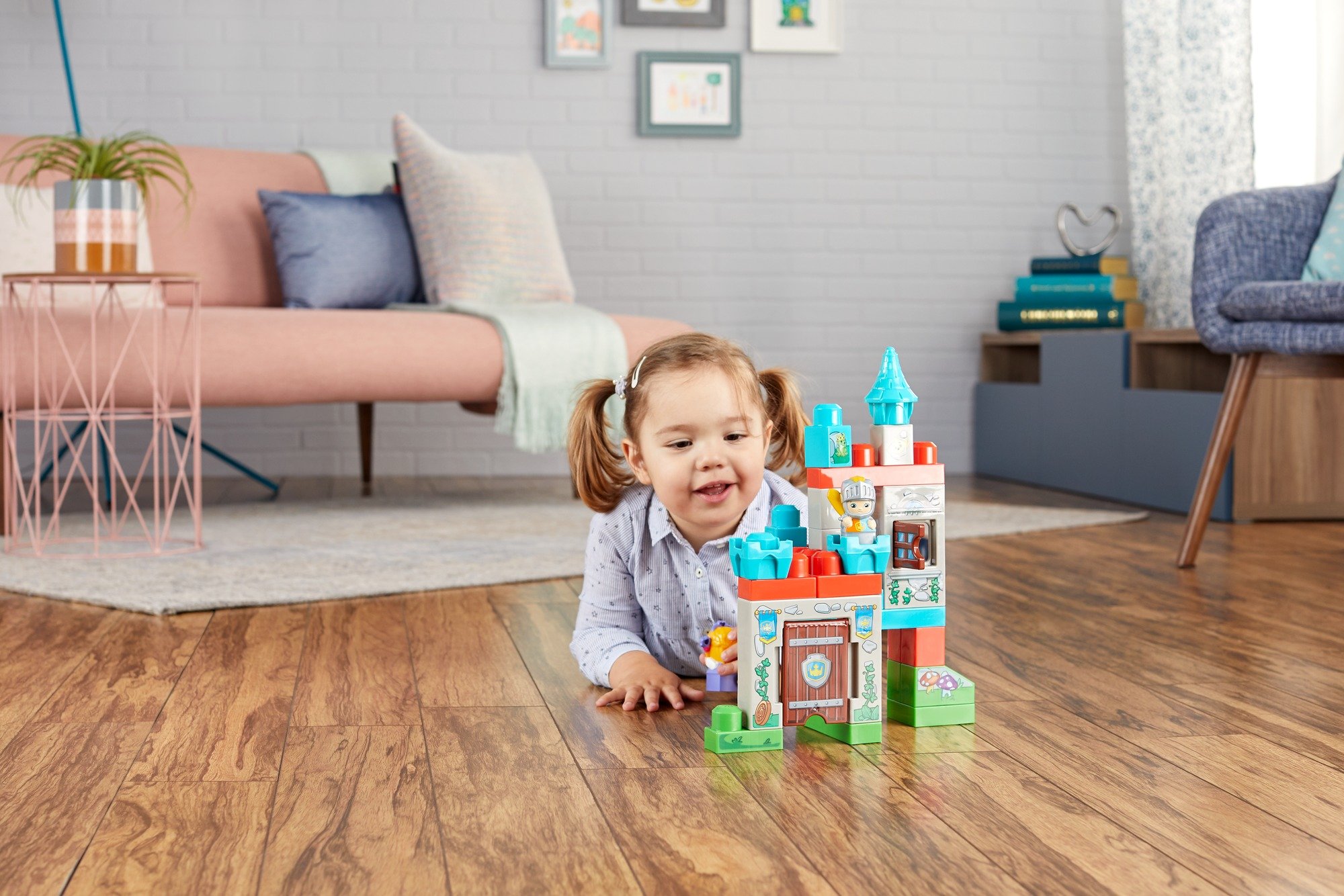
LEGO bricks are assembled blocks sold by LEGO, a Danish toy manufacturer.
The word LEGO is named after the Danish word “Leg Godt,” meaning “play well.
Founded in 1934, the company initially manufactured wooden toys, but in 1949 began to develop plastic toys that led to the birth of the current LEGO bricks.
The LEGO bricks themselves were launched half a century ago in 1958.
The LEGO brick can be said to be a monster toy that has been loved by the whole world for more than 50 years.
Advantages of LEGO bricks
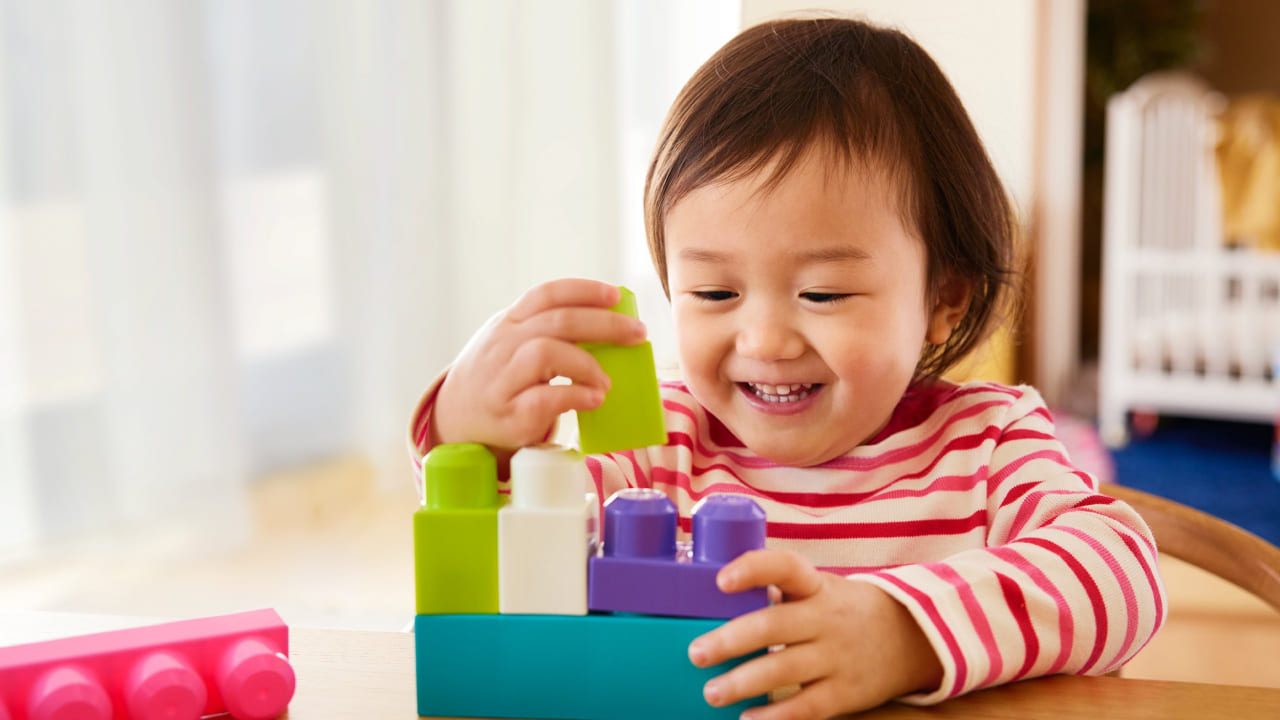
LEGO bricks have been used in a variety of situations, but what are some of the benefits that children gain when they play purely with them?
Merit 1: Increased concentration
LEGO bricks have the power to engage children in building things they have imagined with their own minds through repeated trial and error.
While having fun, children can naturally concentrate for long periods of time, and playing with them repeatedly can improve their ability to concentrate.
When children develop the ability to concentrate, they become calmer and more relaxed, which has the advantage of changing their behavior when they go out and making it easier for them to reach their full potential when they start their studies after school.
Merit 2: Improved solution skills
At the LEGO School opened by the LEGO Company, children are given assignments to recreate LEGO creations by themselves based on photographs or other finished models of LEGO creations.
Students can gain experience in solving questions that frequently arise during the production process, such as “I don’t know how to do it,” one after another.
The ability to solve problems is the foundation of learning, and it can be said to lay the foundation for learning that continues after school.
Merit 3: Increases the power of imagination
LEGO is a toy that allows you to create completely new shapes by combining blocks.
In a future where AI is expected to replace humans in various jobs, the ability to come up with new ideas is considered to be extremely important.
How to play with LEGO bricks for optimal educational impact
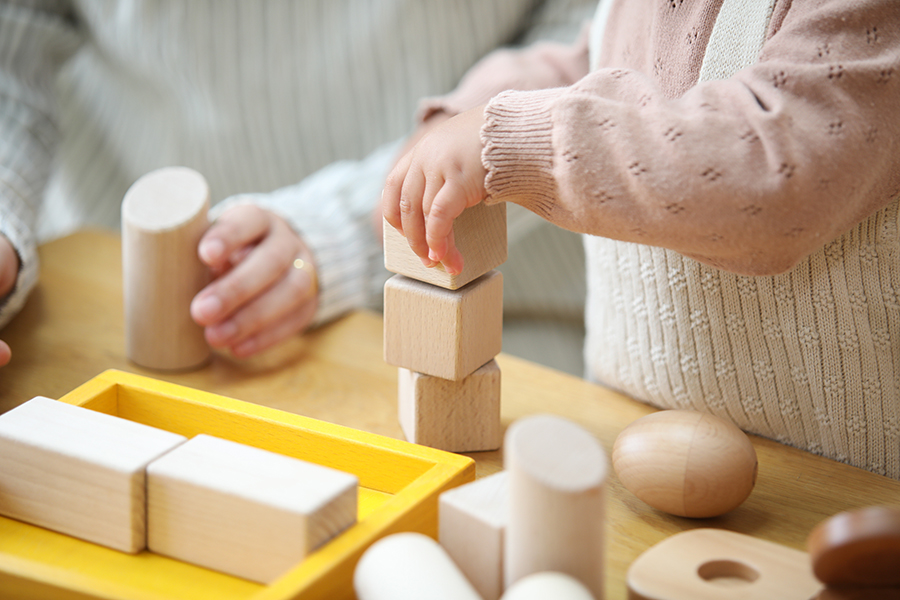
To further reap the educational benefits of LEGO bricks, it is recommended that children alternate between two ways of playing with them.
- Show them the finished product and let them build it.
This is a play method in which the child is shown images of LEGO creations on the box when purchased or on the Internet, and is asked to imitate them in building.
This method is especially recommended when you want to develop your child’s ability to solve problems.
For children who are just starting to play with LEGO bricks or in their early years, we recommend that the pieces be at a level that can be easily imitated by the parent.
In the beginning, “I don’t get it” may cause stress to the child, but if the parent explains it little by little, the child will be able to imitate it smoothly.
As the child becomes accustomed to this, try gradually raising the level of imitation.
- Let them create their own original works of art.
Children are free thinkers who are more creative than adults expect.
If you want to further develop their ability to think freely, invite them to create their own original works of art.
Even if you suddenly say, “Be free! many children are at a loss.
Many children are confused when an adult asks them, “What is your favorite animal? or “Mommy would like to see XX-chan’s house,” you will be able to tickle children’s curiosity.
Disadvantages of LEGO bricks
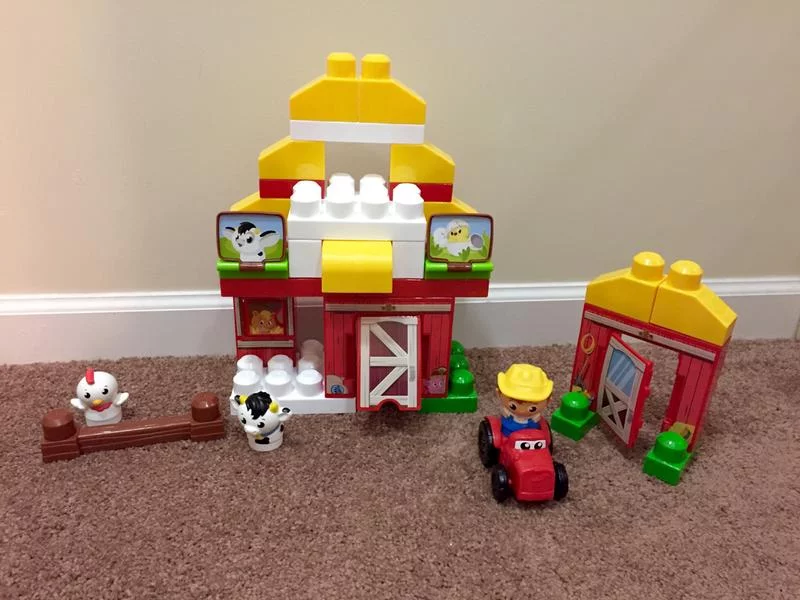
Next, we will introduce some disadvantages of LEGO bricks.
Some of them can be avoided if adults are careful, so be especially careful when letting children play with them.
Demerit 1: Possibility of accidental ingestion
LEGO bricks come in a wide variety of sizes.
Some of the pieces are small enough to be safely used by young children, but as children grow, they will want more difficult and finer blocks.
One thing to watch out for here is the accidental ingestion of blocks played with by older children by younger children.
This is a common accident in families with many siblings, but it is especially important to be careful with toys that play with small parts, regardless of whether they are Lego or not.
Although LEGO has a target age range according to size and difficulty, if you have siblings who are old enough to play with parts as small as their fingertips, it is important to separate the play rooms so that younger children never touch them, or to store them in boxes that cannot be opened by children’s hands.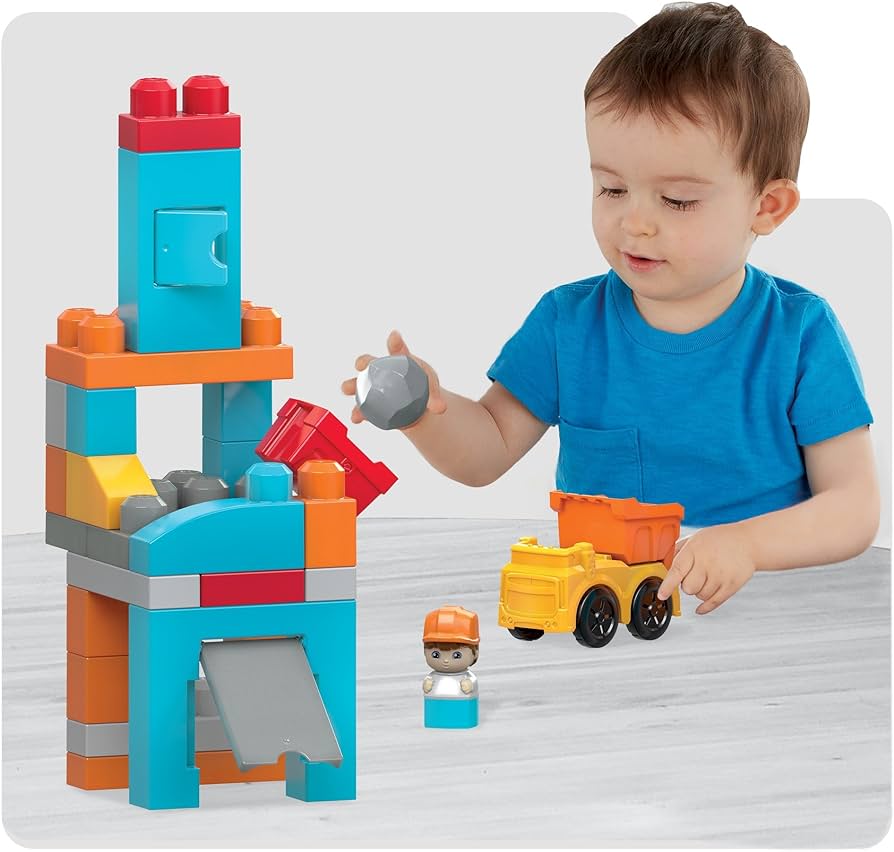
Demerit 2: Siblings cannot play together
As mentioned in Demerit 1, LEGO bricks have a finely divided target age range depending on the level.
Therefore, it is impossible for older siblings to play with the same parts unless they are over a certain age.
Some families may have no choice but to give older children larger blocks that are not suitable for their target age group.
This may be a disadvantage unique to LEGO, since some puzzles can be played enthusiastically by children of any age above 3 years old.
Demerit 3: More indoor play
It is believed that the stimulation children receive outdoors has various positive effects.
According to one survey, it is reported that many students at the University of America enjoy nature play in their childhood.
While it is important to provide your child with the full educational benefits of LEGO bricks, too much emphasis on indoor play will lead to a tendency to play only indoors, which will not provide your child with the stimulation that he or she would receive if he or she stayed indoors, such as contact with nature.
It is an important role of adults in child-rearing to provide children with a good balance of outdoor and indoor play.




